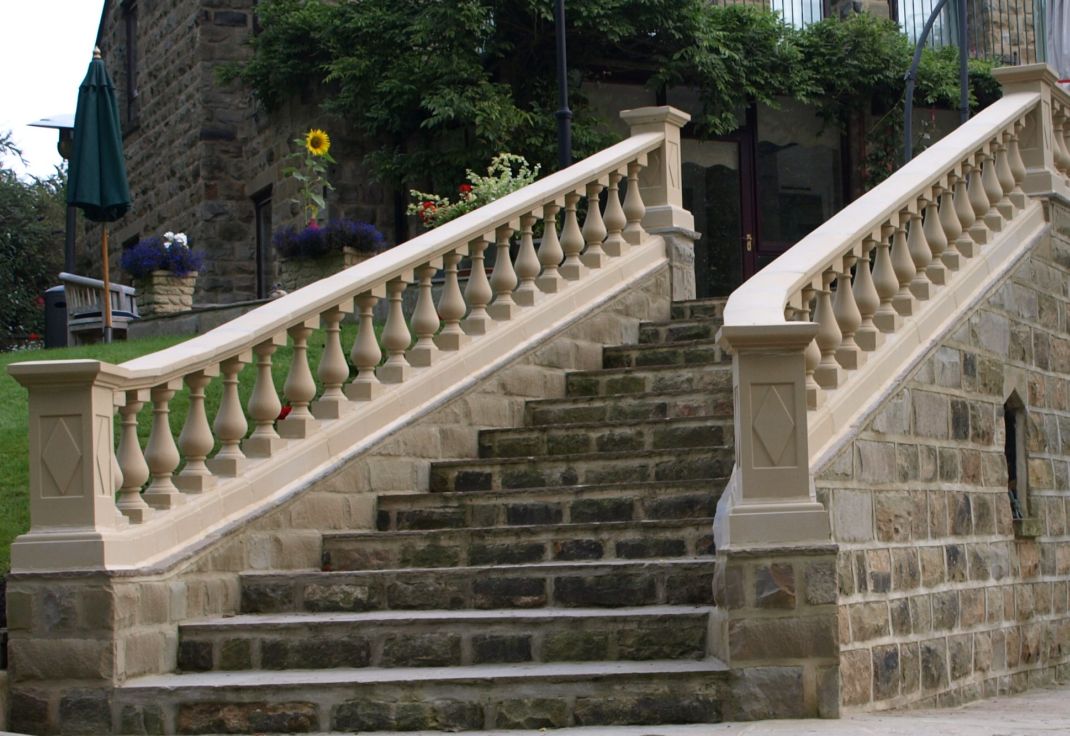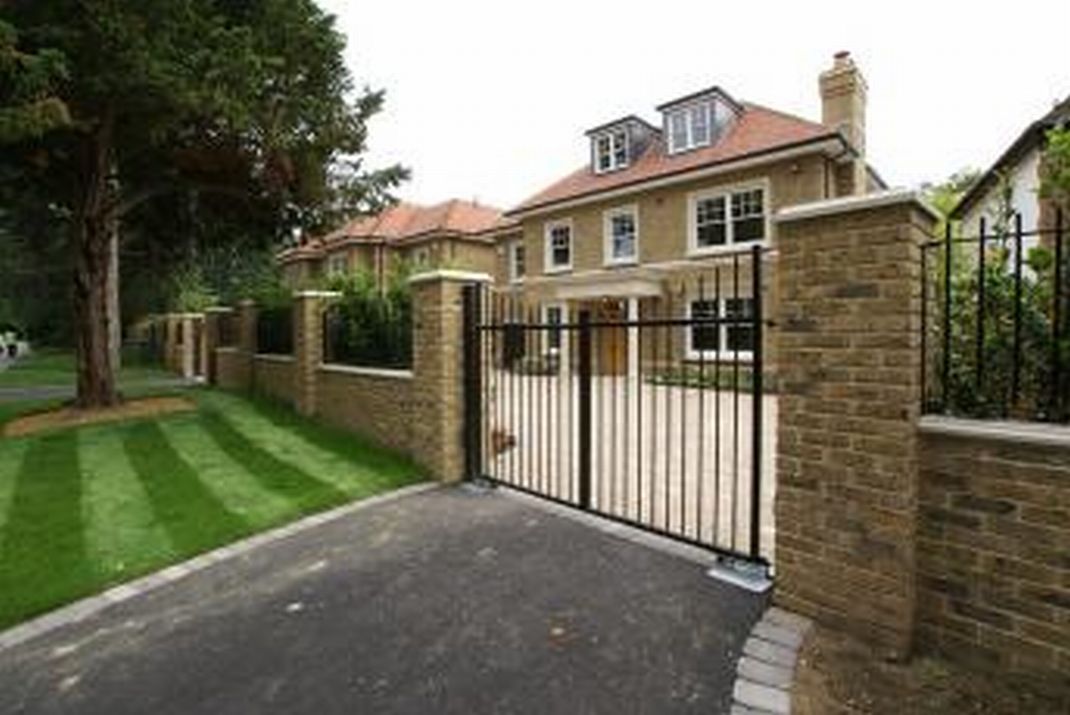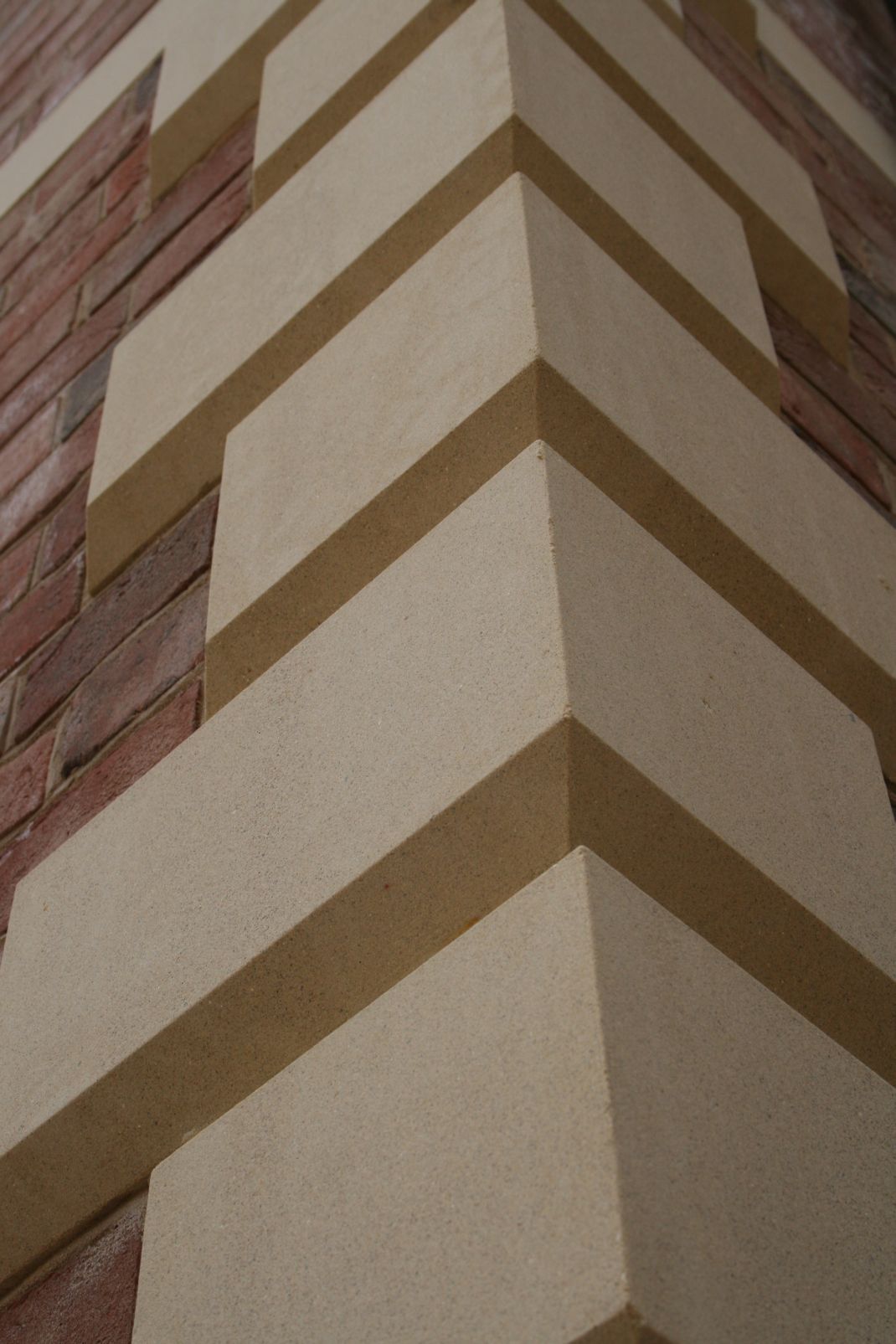You’re starting a building project and you’re thinking of what materials to use. You’ve looked at granite, natural limestone, marble or even sandstone but they’re all outside your budget!
Well, what if I told you there was a natural stone, that was just as durable, versatile and aesthetic that builders have been using for centuries for a quarter of the price?
Introducing cast stone,
A natural stone that has been used in construction projects since 1138, it has gained massive popularity due to its ability to stay durable even when cut into unique shapes.
So sit down, and get your reading eyes on because the next 6 minutes could revolutionise your next building project.
First off…
What is Cast Stone?
Cast stone is a man-made stone created by mixing crushed stone or gravel with cement. It’s designed to look like a natural stone, like limestone or granite, but it’s a lot easier to work with and much more customisable. It has been used as a superior alternative to these stones since 1920.
You can mould it into different unique shapes and textures, making it perfect for a wide array of architectural designs and projects. It’s also durable and can withstand harsh weather, making it a practical choice for building projects that need a combination of beauty and strength.
What is Cast Stone Made Of?
Cast stone is made from a blend of cement, natural sands, and carefully selected crushed stone, with Portland cement being the key binder. If colour is needed, mineral pigments are added to the mix. The material is then poured into specific moulds and allowed to dry, forming shapes that closely resemble natural stone.
Depending on the method used, semi-dry, wet-cast, or fibre-reinforced.
The texture, strength, and production time can vary. This process creates a material that’s both strong and versatile, perfect for a variety of construction projects.
- Semi-dry
Semi-dry cast stone is made with minimal water, creating a compact, “earth-moist” mix. It’s ideal for quickly producing durable architectural elements like cladding and window surrounds.
- Wet-cast
Wet-cast stone is made with a higher water content, creating a smooth, dense mix. It’s typically used for larger, more complex architectural elements where a detailed, grainy texture or structural strength is needed.
- Fibre-reinforced
Fibre-reinforced cast stone incorporates fibres into the mix, increasing its tensile strength. This method is ideal for creating strong, lightweight elements that require added durability and flexibility, such as thin panels or intricate designs.
Where Is Cast Stone Most Commonly Used?
Cast stone is most commonly used in architectural applications such as:
- Building facades
- Cladding
- Window surrounds
It’s also used for more decorative elements and landscape features like:
- Cornices
- Balustrades
- Garden Ornaments
- Fountains
- Paving
Its versatility and ability to mimic natural stone are why cast stone is such a popular choice for both structural and decorative purposes in both residential and commercial construction.
If you’re looking for inspiration for your next build check out our previous cast-stone projects
How Long Does Cast Stone Last?
Cast stone doesn’t just mimic natural stones, it can actually outlast them!
Many high-quality installations from the early 20th century still remain in pristine condition today and with minimal need for repairs.
This longevity proves cast stone is not only a durable alternative but also a reliable one, making it a great choice for long-term architecture.
Although, like all the other natural stones and other building materials, it has the potential to deteriorate over time.
Here are some of the reasons cast stone can deteriorate:
- Separation of core and facing layers
- Deterioration of the aggregate
- Erosion or deterioration of the cement matric
- Steel or iron reinforcements deteriorating
- Deterioration of anchors and cramps used in installation
To prevent your cast stone from deteriorating and increase its longevity you must do some upkeep from time to time.
This leads me to my next point…
The Maintenance of Cast Stone
While it is true that cast stone needs a very small amount of maintenance in comparison to natural stone, it’s always recommended that you do some upkeep to increase its longevity.
What can I do to maintain my cast stone?
Cleaning
If your cast stone includes limestone or marble aggregates, it needs occasional cleaning.
Start by gently brushing off grime and dust with a soft brush.
Then, use an alkaline cleaner, similar to what you’d use for natural limestone.
For cast stone without limestone or marble, an acidic cleaner works best, just like for sandstone or granite. If stubborn stains persist, consider professional micro-abrasive cleaning.
Avoid wet grit or sandblasting at all costs—these methods can severely damage the surface. Proper care ensures your cast stone stays beautiful and intact.
Repointing
Repointing is the process of renewing external ports of the mortar joints in masonry.
This is sometimes necessary to maintain the integrity and appearance of your structure
When repointing, especially in historic buildings, it’s crucial to match the colour and texture of the original materials, including sands and cement. This attention to detail ensures a seamless blend with existing masonry.
Any necessary repairs can be done using a carefully mixed pointing blend that complements the original building, this is so that you can preserve the character and charm of the structure.
What is the Cost of Cast Stone?
Pricing on cast stone varies depending on several different factors such as, size, design and colour
- Size: The cost of cast stone is usually calculated by cubic feet per piece.
- Design Complexity: Simpler designs, like flat-sided pieces (e.g., sills, coping), are more affordable. Costs rise with L-shaped or U-shaped designs due to the intricate moulds and production time required, and they increase further for pieces needing two-sided moulds.
- Repetition: Reusing a mould for multiple pieces lowers production costs.
- Rustication & Profiles: Curved or bevelled profiles are cheaper to produce than flat pieces with sharp edges.
- Ornamentation: Intricate designs, often seen in historic buildings, require specialised moulds, adding to the cost.
- Colour: Standard natural-coloured cast stone is the most cost-effective; adding vibrant colours increases the price.
Conclusion
With this comprehensive guide, you now have a solid understanding of what cast stone is, how it’s made, where it’s commonly used, and how to maintain it.
Whether you’re planning a new construction project or looking to add a touch of elegance to an existing structure, cast stone offers a durable, versatile, and cost-effective solution.
Ready to start your project?
Explore our range of cast stone options to bring your vision to life!
If you’re looking for something more unique to you…



